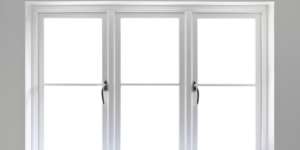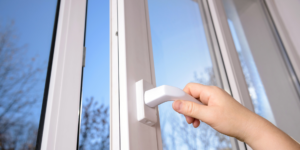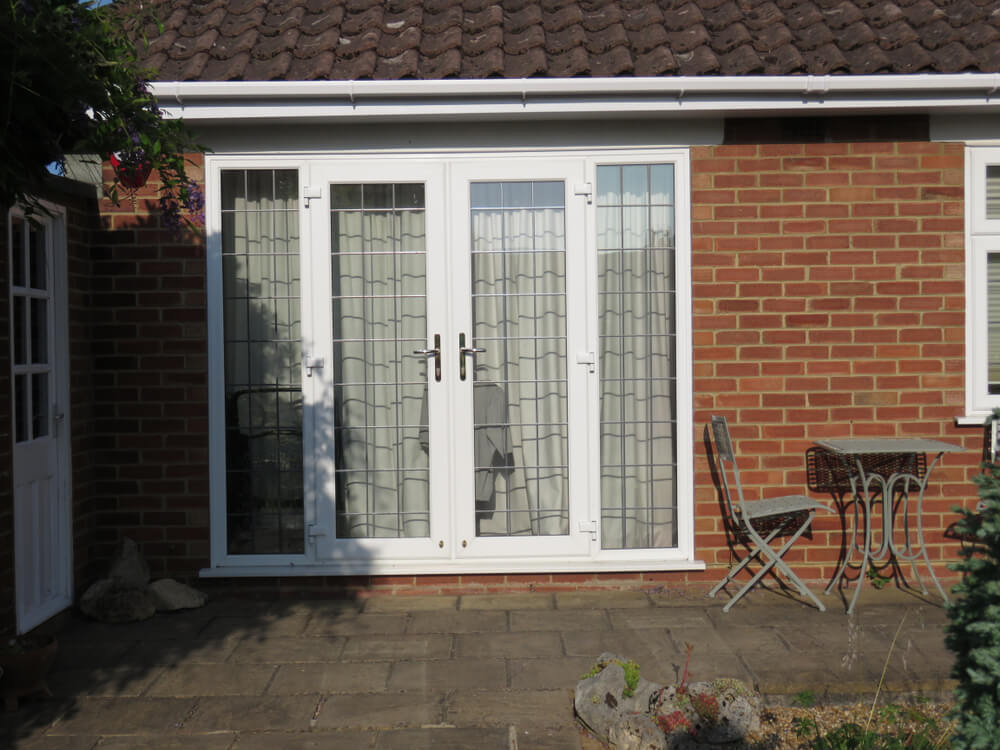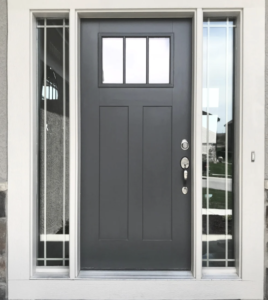Cleaning your uPVC window frames is crucial for their longevity. While they’re a notoriously easy type of window to clean, proper maintenance is still recommended. As a result, this blog will explore everything you need to know about properly cleaning your uPVC windows.
What is the best cleaner for uPVC window frames?
This ultimately depends on the type of uPVC window you have and the type of stain you may want to remove. There are also lots of homemade cleaning options that you can use, which we’ll explore in this blog.
What not to use when cleaning window frames
- Bleach, white spirits, WD40 or methylated spirits.
- Glass cleaner on window frames.
- Ammonia-based or caustic cleaning agents.
- Abrasive cleaners, scouring powder or cream cleaners.
- Scouring pads or steel wool.
How to clean inside UPVC window frames

- Open the window to the point of resistance – do not push past this.
- Use a vacuum to remove any dust and debris from the window hinges.
- Clean the window hinges and the inside of the frames.
- Use a soft attachment on your vacuum and clean around the frame of the window.
- Soak a cloth in a mix of warm water and a soapy solution and clean the inside of the window frames.
- Add a few drops of multipurpose oil to the hinges to keep them lubricated.
How to clean uPVC window frames
When attempting to avoid discolouration, especially on white uPVC window frames, regularly cleaning them with warm soapy water will help to prevent this. When cleaning uPVC window frames you should:
- Use a soft cloth or brush to remove any dust or dirt.
- Rinse your window with clean water – using a hose works well.
- Mix together warm water and a soap solution and use it to clean your frames and window panes.
- Rinse your window.
When cleaning window panes, we recommend using a good quality squeegee to reduce smudges. You can either sweep from side to side or swipe from top to bottom, but you will need to remove excess water from the squeegee before swiping the window again if you choose the top to bottom method.
How to clean black mould from uPVC window frames
Before we get into how to clean black mould, you should not try and remove it if you meet any of the following criteria:
- You have health issues caused by mould.
- You have recurring mould growth.
- There is mould in multiple areas.
- You’re pregnant or have small children.
- You suffer from respiratory issues like asthma.
- The mould area is larger than 1 meter squared.
Removing black mould from uPVC window frames
- Open your windows and doors so there is plenty of fresh air flowing into the room.
- Wear an apron, rubber gloves and a mask.
- Mix water and a mild foaming solution together and use a soft fibre cloth to wipe the window frame.
You can also opt for cleaning uPVC window frames with vinegar, as this is particularly helpful for more stubborn mould. When using vinegar you should:
- Pour your vinegar into a spray bottle.
- Generously spray the affected areas with vinegar.
- Leave this to sit for between 30 minutes and an hour.
- Use lukewarm water to wipe this away using a soft sponge.
How to fully open a uPVC window for cleaning

When cleaning your uPVC windows, you should open them to the point of resistance, but make sure not to push past this point.
How to clean white uPVC window sills
- Mix warm water and a soapy solution together.
- Pour the solution into a spray bottle and spray the window sill. This can be left on the window sill for a few minutes to help lift stubborn dirt.
- Use a non-scratchy cloth or sponge to wash down the window sills.
How to clean uPVC doors
When cleaning an uPVC door, warm water and a soapy solution is often the best option. Simply use the solution to wash the uPVC and remove any dirt from your doors.
At Framemaster we offer a wide range of doors and uPVC windows, including colour coatings for uPVC windows, allowing you to personalise them to suit your home. Get in touch with us today to learn more about our range of uPVC windows.



